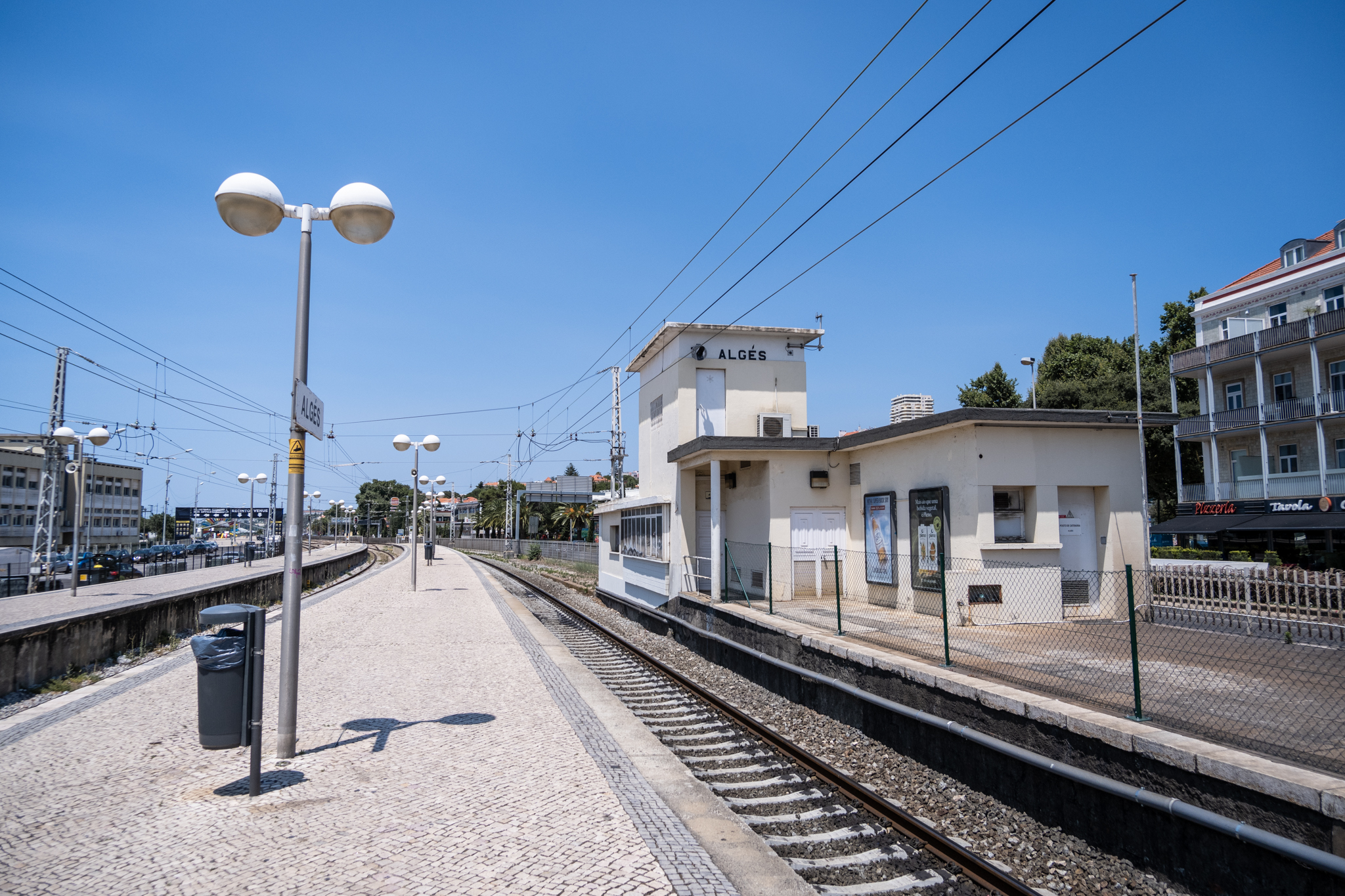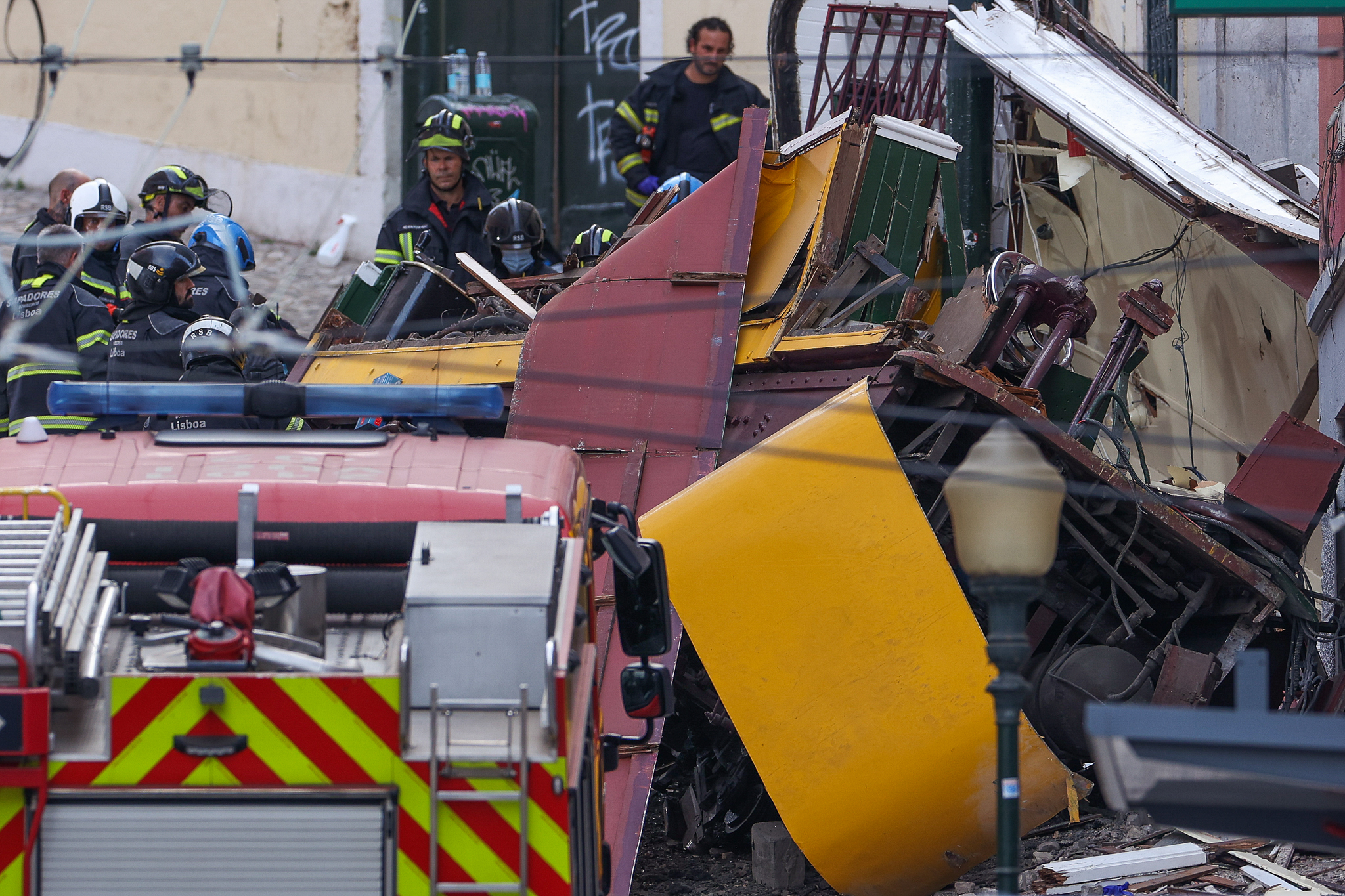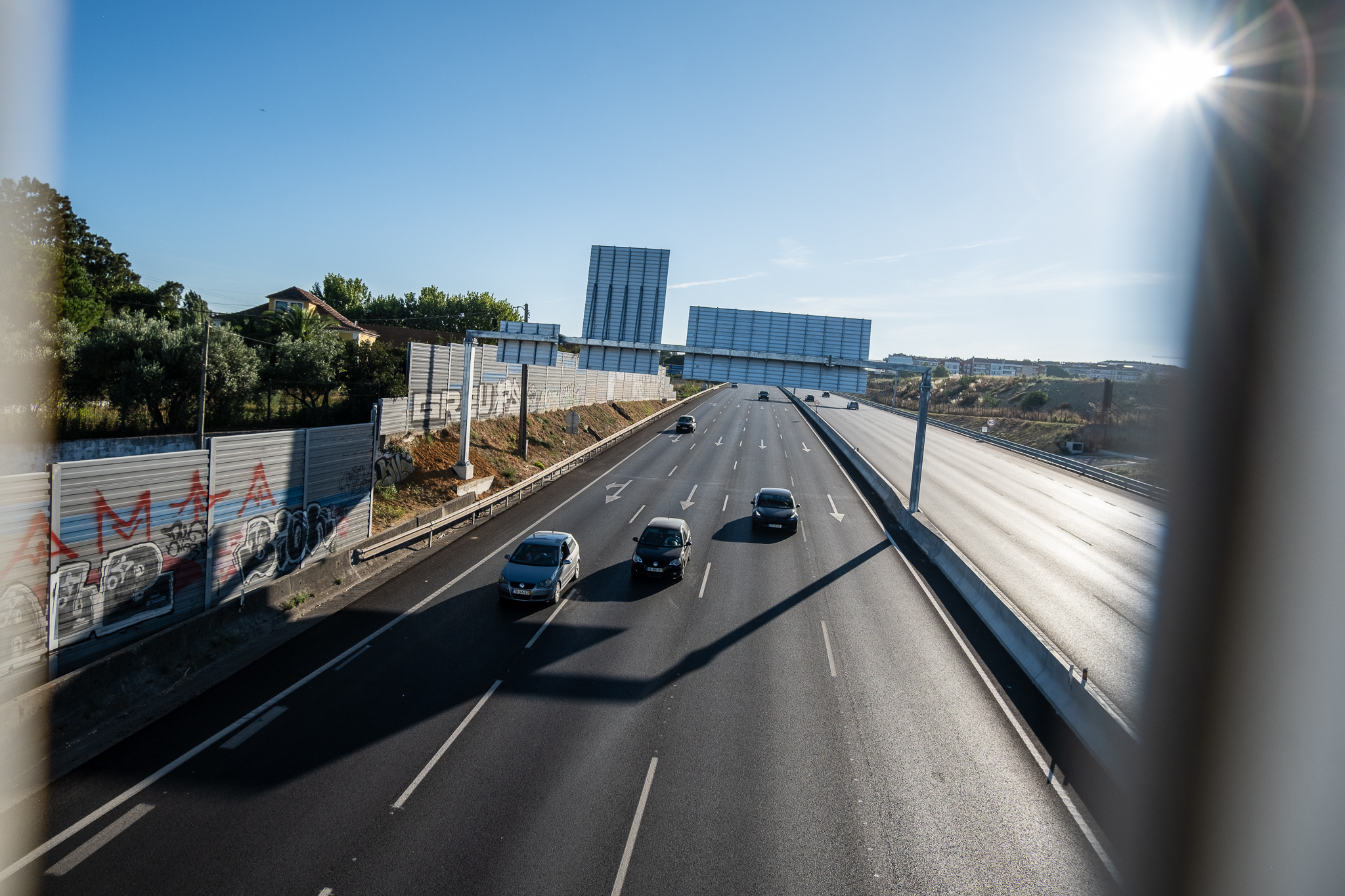The City of Oeiras would like Algés to be "a major transport interface", a space "comfortable, comfortable, safe, with the introduction of technology". But the train station is managed by Infraestruturas de Portugal (IP).

The Oeiras Council would like the Algés train station to be "a major transportation interface"i.e., it aspires to "something that is convenient, comfortable, safe, with the introduction of technology"commented the city's Councillor for Mobility, Joana Baptista, on Friday. "What we see today does not answer any of the premises."
The City Councilor from Oeiras commented on the theme during the public discussion of the Algés GatesThis is a municipal project to revitalize the entire downtown area of Algés and transform the Avenida dos Bombeiros Voluntários into an urban avenue with fewer cars and more public transportation. The Algés Gateways project does not directly cover the Algés transport interface area, but the subject ended up coming up during the session through the intervention of some residents. "The Algés station is a station that responds to Algés, responds to Oeiras and responds to the Greater Lisbon area. But, in reality, it is a station that is not in accordance with what the Oeiras City Hall wants in 2023"guaranteed Joana Baptista.

In December 2022, the Algés station was particularly affected by heavy rains that occurred in the Lisbon metropolitan area and that twice flooded that particular area. For several days, Cascais Line trains stopped at that station while water pumping and cleaning operations took place. The vending machines broke down, having recently been repaired; the ticket booths were closed and replaced by containers at the station gates; the automatic validation gates and access to the platforms are not working.
"After six months since the storms, you can't imagine how the Oeiras Council has behaved with Infraestruturas de Portugal [responsible for the railway infrastructure], claiming what has not been done. We are not comfortable that after six months, not even some simple cleaning and palliative interventions have been done.said the Mobility Councilwoman. "We are aware of the problem and have been fighting for that problem to be solved but it doesn't depend exclusively on the Oeiras City Council."
For Isaltino Morais, Mayor of Oeiras, "the so-called Cascais Line has one station in Cais do Sodré and another in Cascais, and in between is an empty space. We don't have any railway station with the minimum of comfort along this entire route".. "In the Chamber we are doing everything possible so that, in the structuring of the line - which is not what is happening now, it is now works on the railroad and cantenaries - the Algés station will be properly modernized in the sense of being a station adequate to the location and the movement it has"the mayor added, also mentioning that "the meetings with IP [Infraestruturas de Portugal] are cordially always very good, but IP is a heavy structure".

"The average citizen has no sense of how sparse the territory is in terms of responsibility"Joana Baptista contextualized. "You have no notion or knowledge of the permanent dialogue with Infraestruturas de Portugal to make an intervention in Algés station, not only functional but also aesthetic. We don't want a mono in Algés, we want an intervention that, besides being naturally comfortable, is iconic in the delimitation of the two territories of Lisbon and Oeiras."
The Algés railway station is a central point in the transport interface of that town, at the gates of the municipality of Lisbon. Currently, the interface joins only CP's rail transport with Carris's and Carris Metropolitana's road transport, but through Algés will pass the future LIOS surface meter and also a BRT/Metrobus line to Reboleira. The Algés interface is also served by the streetcar mode, namely by the Carris 15E line.
As part of the ongoing modernization of the Cascais LineIP is going to do small works in several stations, and Algés is one of them. But the work to be done will be very simple: only public information panels will be placed to indicate the next trains and a diagonal will be placed on the railway line to allow, in case of obstruction of one of the two tracks, the trains to deviate to the adjacent track.











